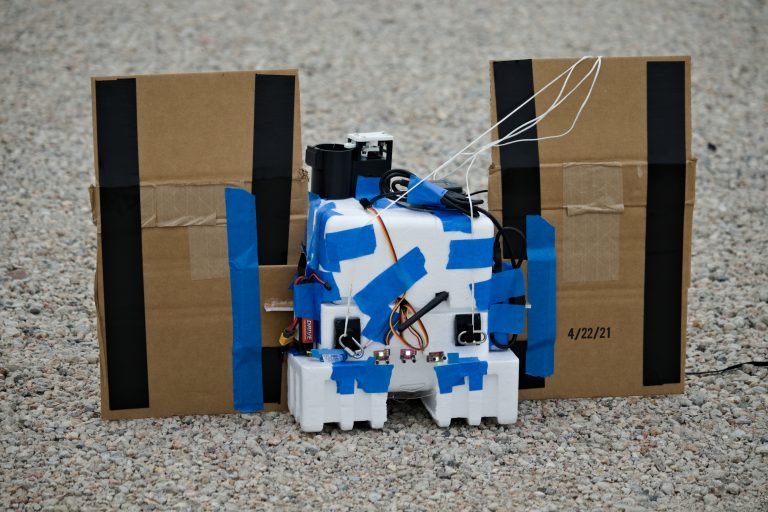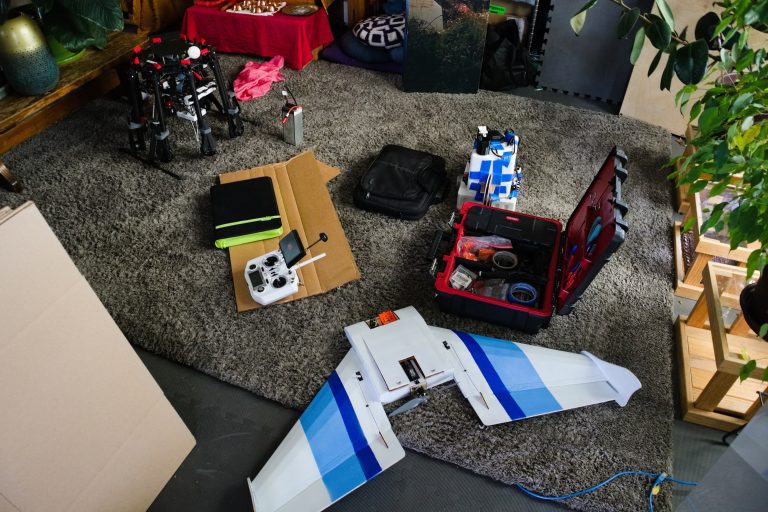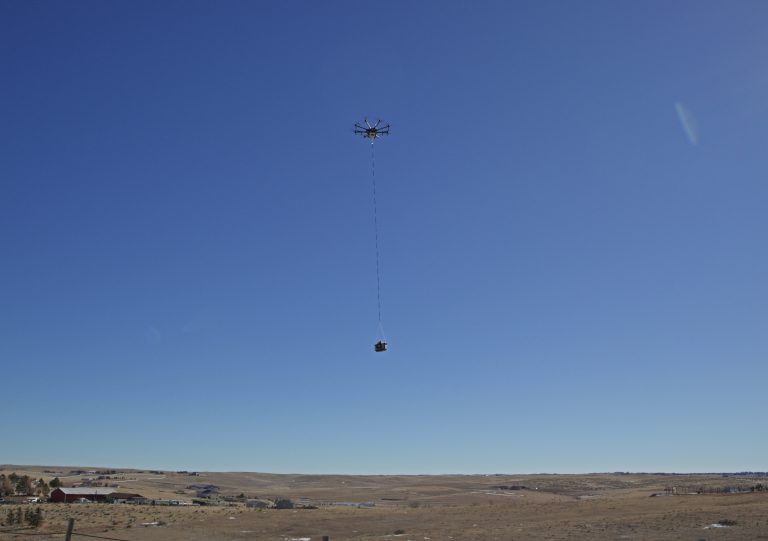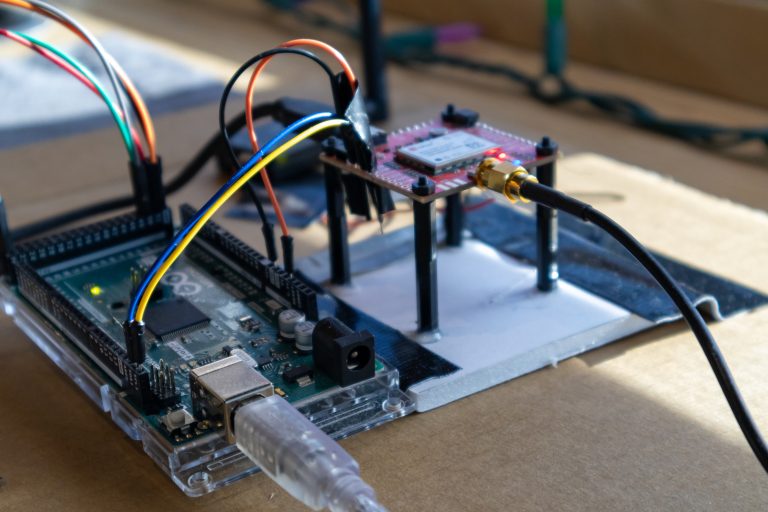Wings
We started the day with the planned tests of the wing simulators. The modified third generation Parachute Test Payload (PTP-3) had three possible configurations that we tested, with the goal of evaluating the effects of the different wing sizes on a payloads stability during ascent. With all of these tests we endeavored to keep the…





